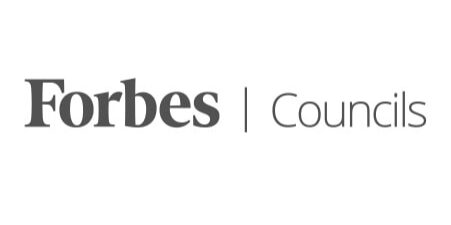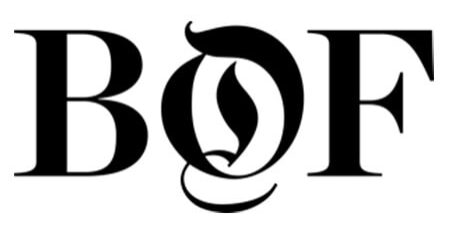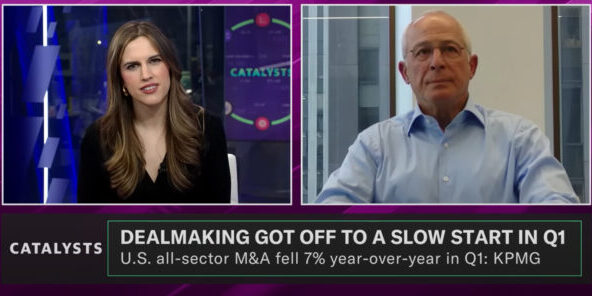Special Insights: On-Premise Media is Bigger Than Digital Out Of Home
On-Premise Media is Bigger Than DOOH
By the Marketing & Media / Tech Services Team
Advertising spend continues to generate billions in revenue – in 2022, U.S. advertising spend is projected to exceed $305 billion on various forms of advertising or media channels, including television, radio, digital and online, and out of home. Historically, the agency approach for buying advertising has been largely siloed across each of the media channels, with different specialists handling different forms of advertising. Companies have always had budgets specifically reserved for each channel, which do not change much year to year. However, specifically within out of home media (“OOH”), additional dollars are now flowing into OOH from what used to be allocated or earmarked for other channels (e.g., TV, print, radio).
In today’s digital era, what constitutes or what is earmarked for digital OOH (“DOOH”) vs. online video vs. mobile is increasingly unclear. Businesses are also focused on results and returns. Increasingly, marketers and their partners are shifting from an exact budgeting process to one with more flexibility that allows for a portion of planned “business as usual” along with an amount reserved for a less-defined agile scope of work[1]. While digital advertising has historically consisted of online video and mobile, digital OOH is now blurring into this bucket. With a more agile budget and strategy, OOH media efforts are primed to take center stage, and we should therefore call digital OOH in elevators, restaurants, fitness centers, doctor’s offices, banks, auto dealerships, hotels or retail stores as on-premise media.
On-premise media allows advertisers to use video to reach the right consumers at the right time in the right place. Through the use of new technologies and measurement capabilities, companies can optimize their advertising efforts by focusing on the precise audience each company wants to reach as opposed to the channel in which to reach their audience. Within OOH specifically, programmatic advertising platforms are driving growth in OOH market share by reducing campaign purchase friction.
Software is allowing buyers and sellers to find deals based on specific audience requirements (e.g., number of views, audience age / genders and weather patterns). Once the right audience becomes available, the purchase is made automatically without any human or media specialist interaction.
The current advertising agency model is ripe for disruptive business models and technologies. As advertisers and investors consider where to deploy both resources and capital within the advertising industry, it is clear that on-premise media is beginning to tell a larger story within the sector.
DOOH should now be on-premise media to account for the fact that video/digital signage growth in the physical world is exploding and is much larger than traditional outdoor ad spend. $8-9 billion of U.S. ad spend traditionally reserved for OOH is poised to become much bigger chiefly due to it recently including spend related to OTT, online video and mobile.
[1] McKinsey.
Managing Director, Head Of Marketing & Media/Tech Services





